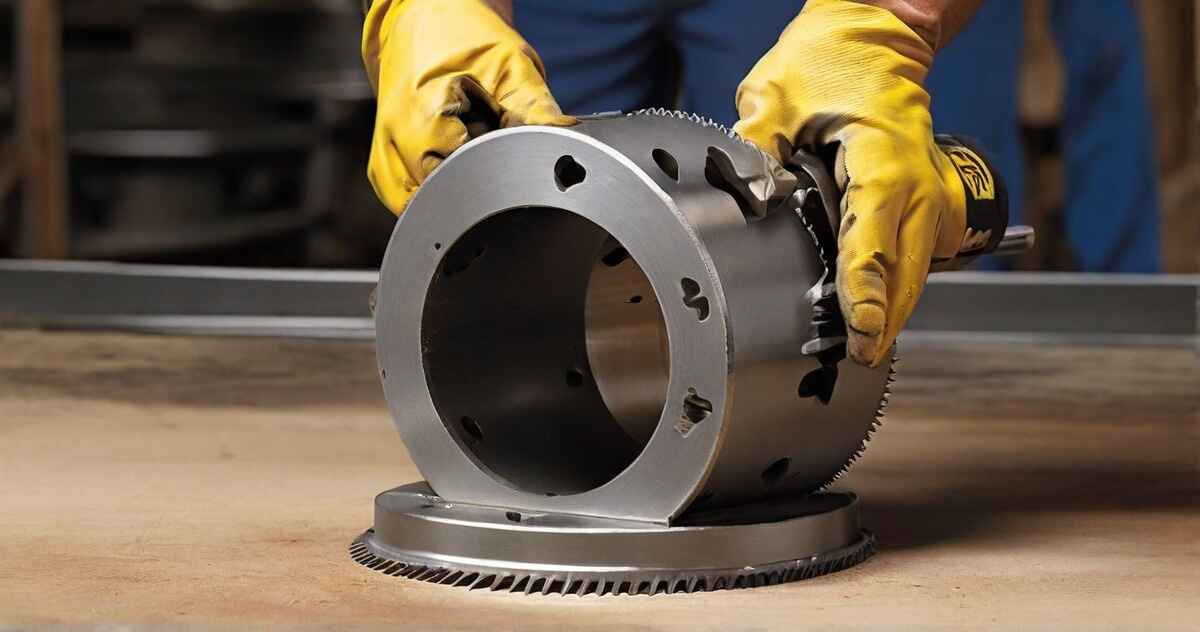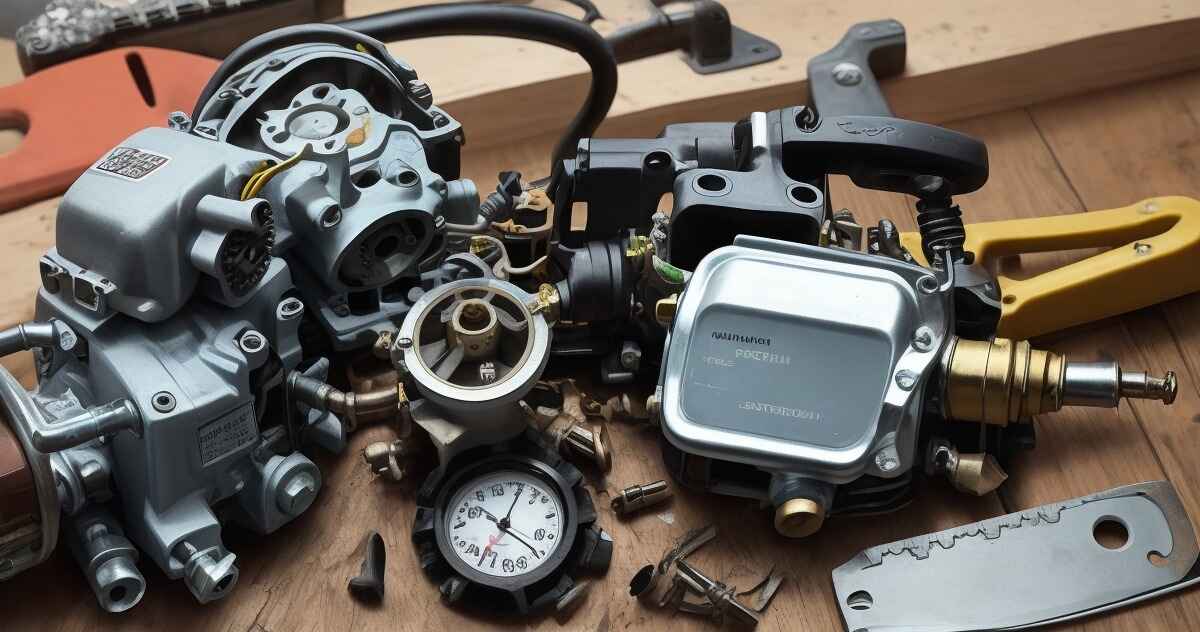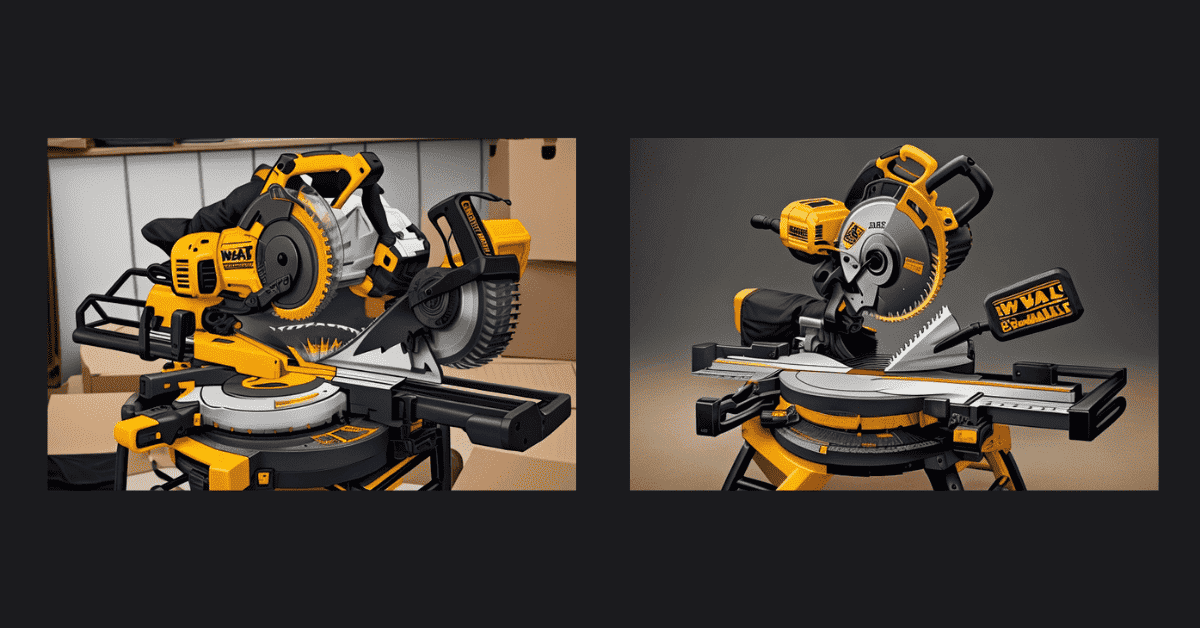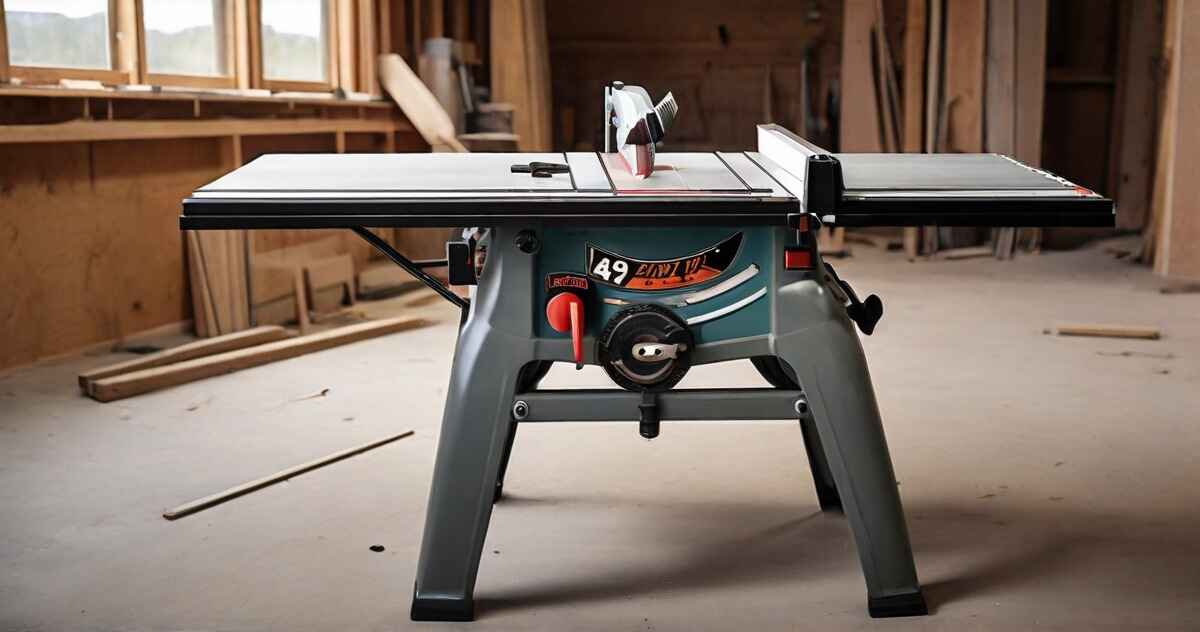When cutting holes in fiberglass, use the right tools to achieve accurate and clean results. One such tool is the hole saw for fiberglass. In this comprehensive guide, we will explore the benefits of using a hole saw. The hole saw is specifically designed for fiberglass. We will also cover how to choose the right one. Additionally, we will share some essential tips for achieving professional-quality cuts. This article will provide you with the knowledge to excel in your projects. Whether you are a DIY enthusiast or a professional.
Benefits of Using a Hole Saw for Fiberglass:
1. Precision Cutting:
Use a specialized hole saw for fiberglass to make precise cuts. It allows you to create holes of various shapes and sizes with ease. Use a hole saw designed for fiberglass to work on a boat, a shower enclosure, or any other fiberglass project. It guarantees accuracy.
2. Reduced Chipping and Cracking:
Fiberglass is prone to chipping and cracking, especially when using conventional saws. A hole saw for fiberglass minimizes these risks. It uses specially designed teeth that cut through the material without causing damage. This ensures a clean finish without compromising the integrity of the fiberglass.
3. Increased Efficiency:
Hole saws for fiberglass are equipped with sharp teeth and optimized designs. They allow for efficient and effortless cutting. The design enables them to remove material quickly. They also reduce the amount of heat generated during the cutting process. This means less effort for you and faster completion time for your projects.
Choosing the Right Hole Saw for Fiberglass:
1. Consider the Material:
Before buying a hole saw, figure out what kind of fiberglass you’ll be working with. Some saws are made for thin fiberglass sheets. Others can handle thicker or layered materials. Choosing the right tooth design and blade material for your needs will ensure you get the best results.
2. Size and Depth Requirements:
To cut holes, first determine their size and depth. Hole saws come in different sizes, and some can be adjusted for depth. Choose a hole saw that matches your project needs.
3. Quality and Durability:
Choose a hole saw made from high-quality materials. High-quality materials include blades with carbide tips or a diamond coating. These materials make the tool last longer and be more durable. They also reduce the need for frequent replacements and ensure consistent cutting performance.
Tips for Efficient Fiberglass Cutting:
Safety First:
When you work with fiberglass, make sure to wear safety glasses, a dust mask, and gloves. These will protect you from injuries and harmful dust particles.
Lubrication:
Using a lubricant made for cutting fiberglass can improve the cutting process. It reduces friction and heat and extends the life of your hole saw.
Speed and Pressure:
Maintain a consistent speed and apply moderate pressure when using the hole saw. Avoid excessive force, as it can cause the saw to bind or damage the fiberglass.
Cooling Breaks:
Take short breaks during extended cutting sessions. This allows the hole saw and the fiberglass to cool down. This will prevent overheating and potential damage to both the tool and the material.
Cleaning and Maintenance:
After each use, clean the hole saw thoroughly. Remove any fiberglass particles or resin buildup. Regular maintenance will ensure optimal performance. This includes sharpening the teeth and inspecting the tool for any wear or damage.
Common Challenges in Fiberglass Cutting and Solutions:
Cutting fiberglass, while efficient with the right tools, can pose some challenges. Here are common issues that individuals may encounter. Here are practical solutions to overcome them.
Fiberglass Splinters: Fiberglass can produce splinters during the cutting process, which may pose a safety risk. To minimize splinters, consider using a fine-grit sandpaper to smooth the edges of the cut. After using the hole saw.
Vibrations and Wandering: Vibrations can occur, leading to the hole saw wandering off course. To address this, ensure a secure and stable setup, and use a steady hand. Additionally, consider clamping down the fiberglass material to prevent movement during cutting.
Heat Buildup: Despite the efficiency of hole saws, heat can accumulate during prolonged cutting sessions. Intermittently pause to allow the tool and material to cool down. The article mentions using a lubricant specifically designed for fiberglass cutting. This can also help reduce heat.
Choosing the Wrong Speed: Using the wrong speed on your drill can affect the quality of the cut. Refer to the manufacturer’s recommendations for the optimal speed setting. It’s based on the hole saw size and the type of fiberglass you are cutting.
Inadequate Hole Saw Maintenance: Neglecting regular maintenance can lead to decreased performance. After each use, clean your hole saw thoroughly. Inspect it for any signs of wear or damage. Sharpen the teeth as needed.
Addressing these challenges and providing practical solutions will add value to the guide. It will help readers understand the potential issues they may face in more depth. It will also help them troubleshoot effectively.
Advanced Techniques for Fiberglass Cutting:
Experienced people can use advanced techniques to make precise and detailed cuts. They do this when cutting fiberglass with a hole saw. Here are some new ways to improve your skills in cutting fiberglass:
Template Guided Cutting: Create templates or guides to ensure accurate and repeatable cuts. Attach the template to the fiberglass surface. Use the hole saw to follow the template. This allows for intricate shapes and precise positioning.
Layered Fiberglass Cutting: For projects involving layered fiberglass, consider a stepped cutting approach. Use a hole saw with adjustable depth settings to cut through individual layers. Achieve clean and controlled cuts without affecting the underlying layers.
Combination Cutting Tools: Combine the use of a hole saw with other cutting tools like oscillating multi-tools or jigsaws. This hybrid approach can be effective for projects. It requires both straight cuts and curves. It provides versatility in your cutting capabilities.
Intricate Cutouts: Experiment with creating intricate cutouts by making pilot holes with a smaller bit before using the hole saw. This method allows for more detailed and customized designs in fiberglass projects.
Contoured Cuts with Jigs: Use custom jigs or guides to create contoured cuts. This is especially useful for projects where precise curves or angles are required. The combination of a jig and a hole saw can result in professional-looking contours.
When talking about advanced techniques, always stress the importance of safety precautions. Also, tell readers to practice these methods on scrap materials. Encourage them to do this before trying them on real projects.
Environmental Considerations and Recycling:
When you cut fiberglass, it produces waste. You should think about how to dispose of and recycle it properly. To minimize your impact on the environment, follow these guidelines.
Waste Reduction:
To reduce waste, plan your cuts and optimize the layout on fiberglass sheets. This will reduce leftover material.
Recycling Facilities:
Look into nearby recycling centers that take fiberglass waste. Certain centers focus on handling fiberglass materials. They reuse them for different purposes.
Contact Local Authorities:
Contact local waste management or environmental agencies. Ask about how to dispose of fiberglass in your area. They can give you details about where to drop it off or how to recycle it.
Reuse Scrap Material:
You can reuse smaller cut-offs or scrap material for other projects. Fiberglass scraps are often used for smaller applications. They can also reinforce composite projects.
Consult with Manufacturers:
Ask the manufacturer of your fiberglass materials or hole saw for advice. Ask them how to dispose of them in an environmentally friendly way. Some manufacturers might have programs to take back or recycle these items.
Safe Disposal:
If recycling options are limited, ensure proper disposal by following local regulations. Dispose of fiberglass waste in designated waste bins or facilities. Adhere to guidelines provided by your local waste management authority.
Consider the impact of fiberglass cutting on the environment. Dispose of it in a responsible manner. By doing so, you contribute to the sustainability of your community.
Conclusion:
Investing in a hole saw designed for fiberglass is essential. It helps you achieve precise and professional cuts. You can effortlessly tackle fiberglass projects with ease and confidence. Consider the benefits, choose the right tool, and follow the tips provided in this guide.
FAQs:
Can I use a regular hole saw for cutting fiberglass?
Don’t use a regular hole saw for fiberglass. It can chip, crack, and damage the tool. Instead, get a hole saw made for fiberglass.
Are all fiberglass hole saws the same?
Fiberglass hole saws come in different types. They are made for different kinds of fiberglass and projects. Choose the one that suits your needs.
Can I use a fiberglass hole saw for other materials?
A fiberglass hole saw is mainly used for cutting fiberglass. It can also cut other soft materials like plastic, soft wood, and composites. However, it may not work well on harder materials such as metal.
How often should I replace my fiberglass hole saw?
A fiberglass hole saw’s lifespan depends on a few things. These things are how often you use it, how good the tool is, and the conditions when you cut. Look at the teeth often and get a new hole saw if they look worn or damaged.
Are there any alternative tools for cutting fiberglass?
Other tools can also cut fiberglass. For instance, jigsaw blades with fine teeth can be used. Rotary tools with fiberglass cutting bits are also useful. Oscillating multi-tools with flush-cut blades can be used. However, a specialty fiberglass hole saw is often the best choice for clean and precise cuts.




